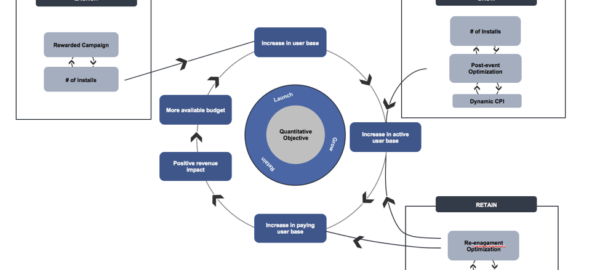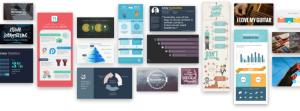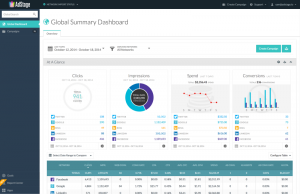How do you grow your app’s user base? Contributor Stefan Benndorf says app publishers need to take a page from Uber’s marketing strategy.
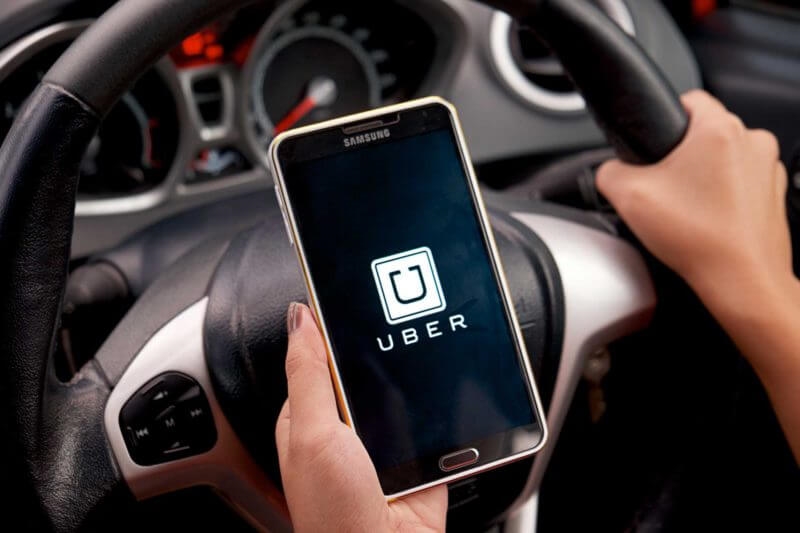
In the early days of Uber, and even still today, there was criticism about the seemingly obscene valuation of the company. But you know what? Amid all its difficulties, Uber has done at least one thing right, and we have the back-of-the-napkin sketch to prove it.
David Sacks, former PayPal COO and a seasoned tech investor, tweeted a photo of a simple sketch of the feedback loop that drives Uber’s network and leads to accelerated growth over time.
Uber is a two-sided marketplace in which more demand for transportation leads to an increase in drivers willing to offer their services, which leads to better coverage, quality of service and prices, in turn fueling more demand for Uber. It’s a self-perpetuating growth cycle, and such cycles aren’t exclusively available to the transportation industry.
App marketers can use this same line of thinking to conceive incredibly effective marketing strategies.
How to create an app marketing growth cycle
One of the chief goals for app publishers is to increase the number of paying daily active users. They begin by acquiring users. Then, they work to convert them into paying users.
Next, they try to increase their average spend. As users spend more, app publishers have more to invest in growing their user base, and the cycle begins again.
The 5-step app marketing growth cycle
- Acquire an installed base.
- Convert installed base into active users.
- Convert active users into paying users.
- Increase the average revenue of paying users.
- Reinvest profits into increasing the installed base (Back to step 1).

With this framework in mind, app publishers can concentrate on how to derive the most value from each step.
Start with a bang
An app’s launch strategy is key to its long-term user acquisition. Marketers need to generate as much visibility for the app as possible.
One of the best ways to improve an app’s ranking is with an app burst campaign, in which you concentrate your spending to drive as many downloads as possible in a short time frame. Since app store algorithms are based partially on how many downloads an app has over a given time, a surge in downloads can help your ranking.
For example, marketers often buy rewarded traffic in which users receive an incentive, such as virtual currency, a discount or something else in exchange for downloading the app. The downside is that many of these users will drop off — they just installed the app so they could get their reward — but the impact it has on app visibility can be well worth it.
Best practices for driving conversions
To convert an installed base into active users, marketers need a consistent growth strategy. This requires setting up a conversion funnel and measurement stack. You can’t optimize what you don’t measure, so KPI management is key here.
To drive the highest ROIs, marketers should share data with their attribution partners and vendors. They also should allow for highly segmented pricing and continuous post-install optimization:
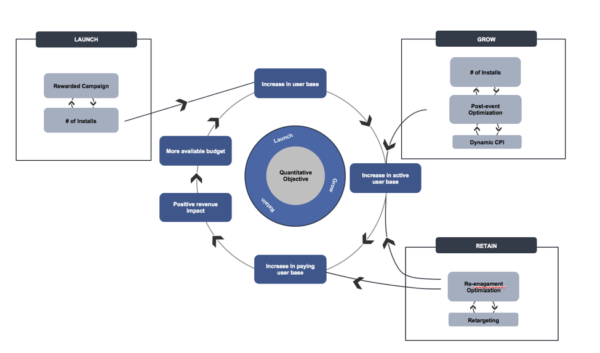
Additionally, app publishers need a retargeting strategy. Retargeting can feed the app growth cycle in a few ways. You can use it to:
- maximize the conversion rate from installed base to active users.
- maximize activity within the app.
- convert active users to paying users.
- increase the average spend per user.
Again, app publishers should share data with their partners and build audience clusters to maximize ROI. If orchestrated properly, retargeting activities can lead to a higher base of paying users and even improve the overall economics of your mobile performance marketing.
Then, as app publishers generate more revenue, they will have more to invest back into their paid marketing efforts, driving even more growth.
This line of thinking can also be used to build a model that includes organic channels. The key is to be methodical, to measure and optimize tirelessly, and to share data with partners so they can optimize more effectively, too.
If this were easy, we would all be like Uber and the top apps. But with strategic thinking and some mobile marketing best practices, app publishers can definitely grow their user base, and even create a self-perpetuating growth cycle.
Some opinions expressed in this article may be those of a guest author and not necessarily Marketing Land. Staff authors are listed here.
Marketing Land – Internet Marketing News, Strategies & Tips
(415)
Report Post